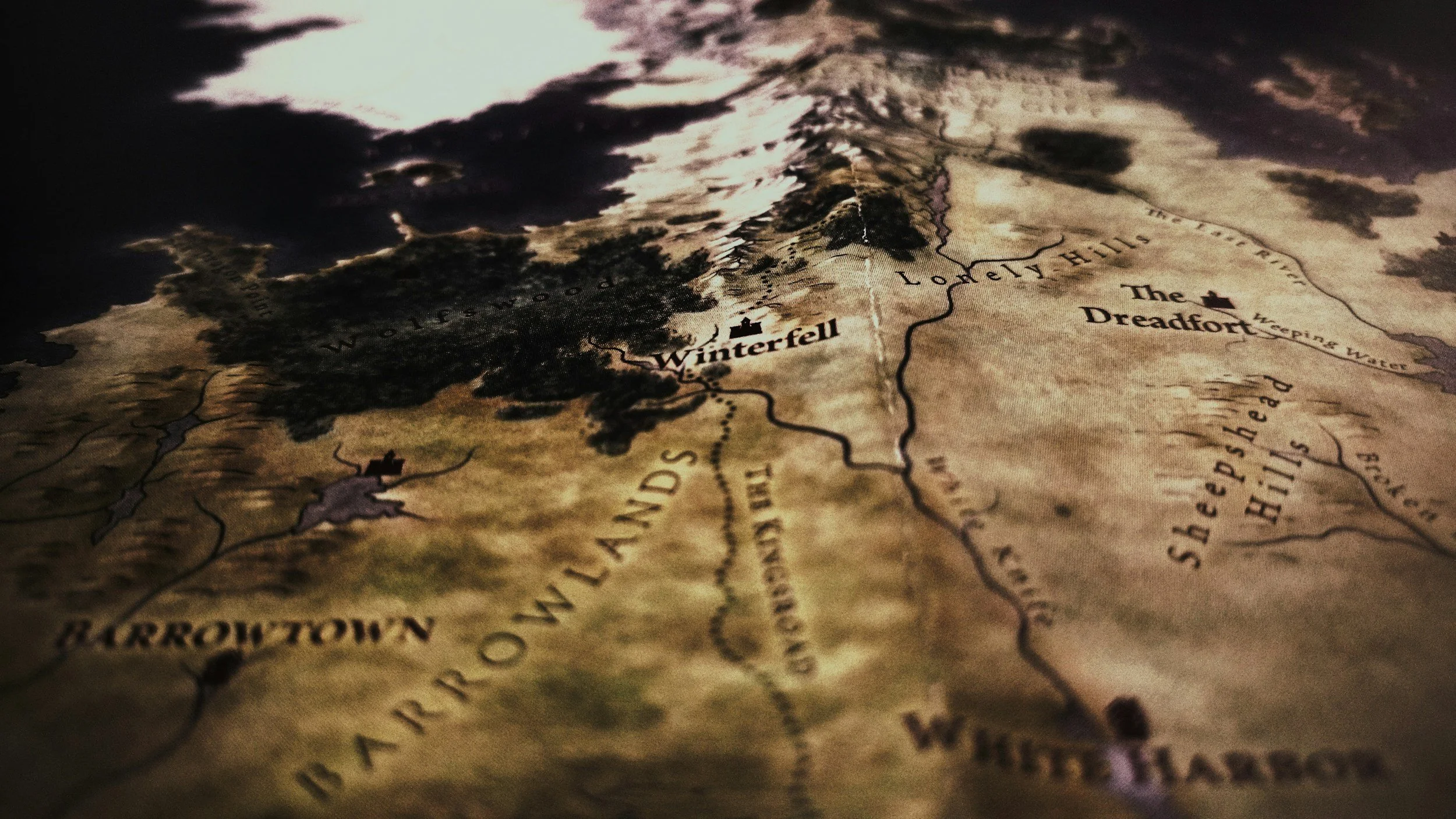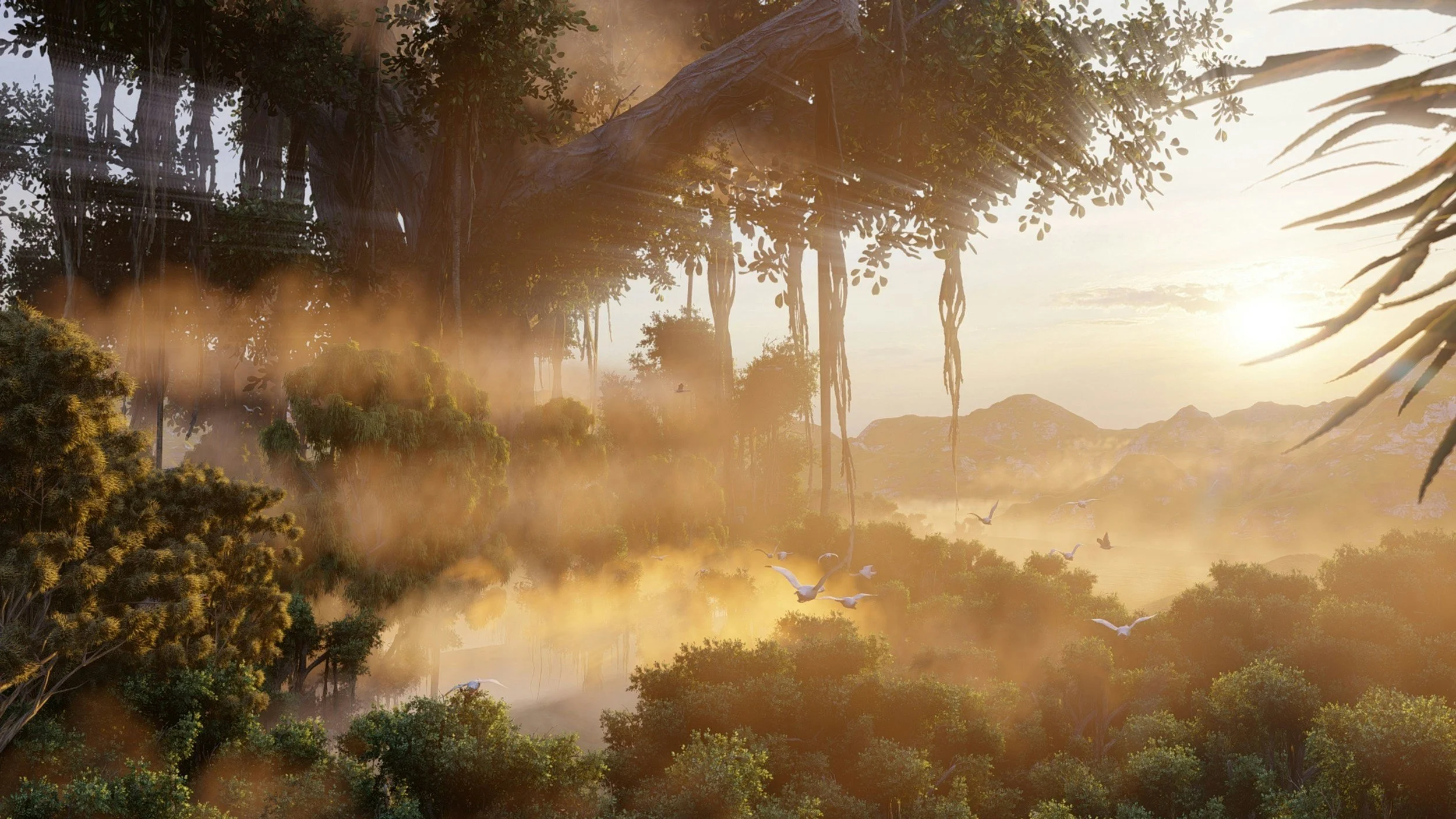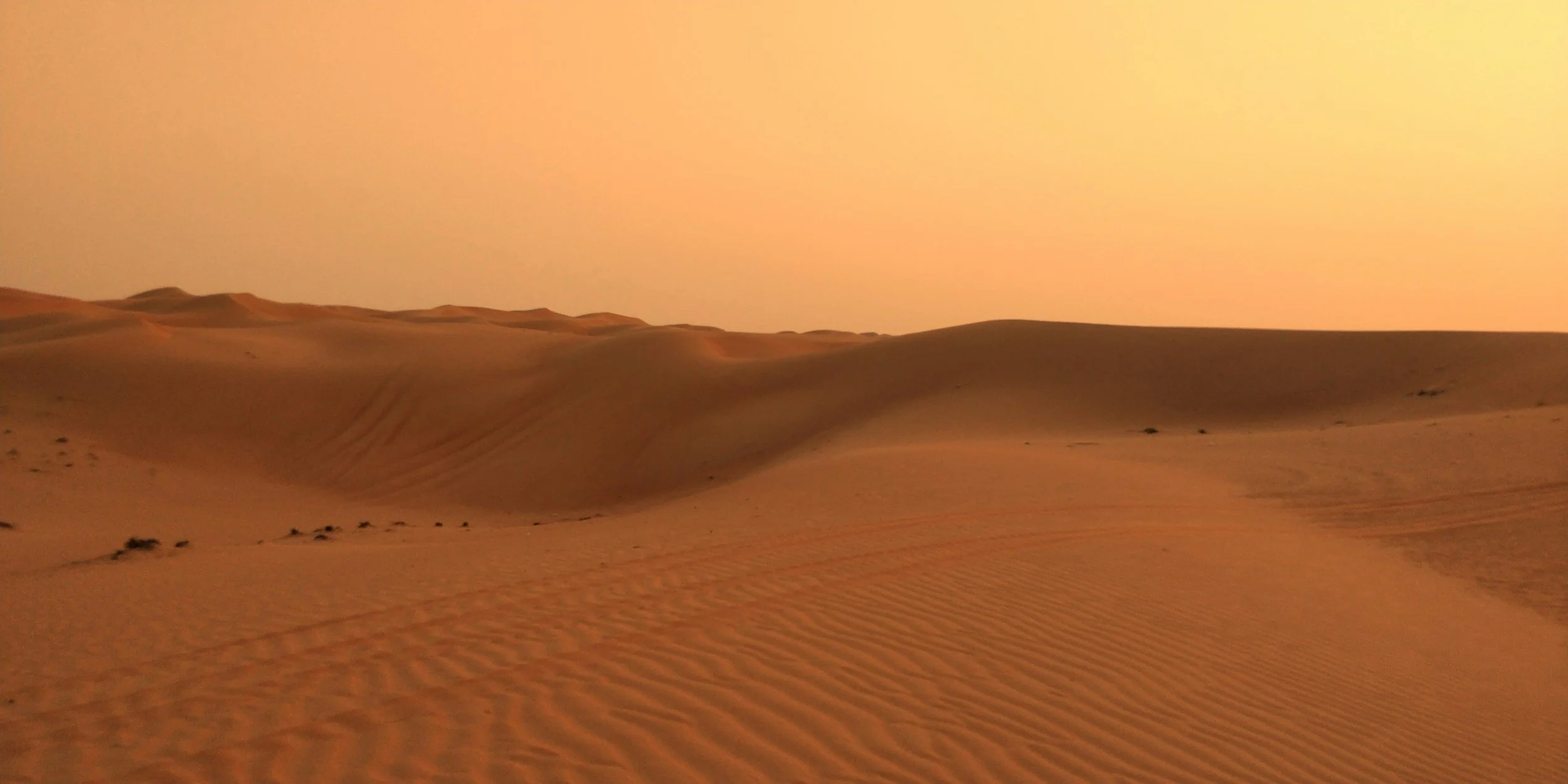15 Fictional Worlds That Inspire Writers
Immersive story worlds aren’t just settings - they shape narratives, influence characters, and reflect cultural values. Whether sprawling cities, magical kingdoms, vast interstellar empires, or dystopian landscapes, the worlds authors create offer not only escapism, but lessons in storytelling, imagination, and consistency.
Here are fifteen fictional ‘worlds’ that have stood the test of time, and what writers can learn from them.
1. Middle-earth (The Lord of the Rings / The Hobbit)
Creating A World That Feels Alive across Time
J. R. R. Tolkien’s Middle-earth remains one of the most detailed and immersive fantasy worlds ever created. With its own languages, histories, and mythologies, it set the standard for modern world-building and has influenced nearly every fantasy author who came after.
Middle-earth is compelling not just because of the grandeur of its landscapes or the epic struggles between good and evil, but because its smallest details feel authentic. From the songs of the Shire to the ruins of Númenor, every piece of Middle-earth carries a sense of depth and lived history. Vast, intricate, and meticulously detailed, it’s a setting that feels like it existed long before the story began - and will endure long after it ends.
Lessons for writers:
Small, consistent details make a world feel authentic
A world feels alive when it contains both beauty and decay
Culture is built through language, rituals, and art
2. Westeros (Game of Thrones / A Song of Ice and Fire)
Political Complexity Shapes Character Choices
George R. R. Martin’s Westeros is a brutal, political, and morally complex world where power games take centre stage. Its power struggles, loyalties, and betrayals make the world feel dangerous and dynamic, presenting a clear-cut good vs. evil narrative. Each region’s culture and history shape its people’s choices.
Westeros is a study in contrasts, from the icy Wall in the North to the deserts of Dorne, with each region defined by its culture, history, and ruling families. The result is a gritty, often brutal world that feels grounded in a kind of medieval realism. The world feels unstable and dangerous, with power constantly shifting from one faction to another.
Martin teaches us that world-building isn’t just visual - it’s political, social, and ethical. The setting acts as a character, shaping the narrative with every war, alliance, and betrayal.
Lessons for writers:
Moral complexity in the world mirrors character complexity
A brutal world still leaves space for hope and humanity
Physical and political landscapes influence conflict and choice
3. The Star Wars Galaxy
Balancing Epic Scope With Intimate Stories
Spanning countless planets, star systems, and alien cultures, the Star Wars galaxy combines science fiction with mythic storytelling. It is as much about spaceships and technology as it is about archetypes - the farm boy hero, the fallen apprentice, the wise mentor. From Tatooine’s deserts to Coruscant’s towering skylines, every planet in the Star Wars universe embodies its own tone, challenges, and culture. The galaxy is expansive yet cohesive, blending the mystical with the technological. Its locations reinforce themes while balancing grand scale with personal stakes.
What makes Star Wars endure is its ability to balance scale with intimacy: epic space battles sit alongside deeply personal struggles about identity, loyalty, and destiny. Its galaxy offers endless room for new stories, from films and series to books and games. This world shows writers how distinct, memorable locations can reinforce themes, support narrative arcs, and maintain freshness in long-running series.
Lessons for writers:
Distinct locations act as catalysts for character growth
Diverse settings add depth and texture
Universes thrive when they leave room for endless expansion
4. The Marvel Universe (MCU & Comics)
Interconnected Stories & Consistent Rules
The Marvel Universe is a sprawling tapestry of interconnected stories - spanning grounded urban spaces like New York alongside fantastical locations like Asgard and Wakanda. These places don’t just exist as backdrops, they shape how characters see themselves and how stories unfold. It works because extraordinary heroes feel grounded in everyday struggles - Spider-Man’s domestic responsibilities, Iron Man’s moral dilemmas, or the social ostracism of Prof. X’s X-Men.
The Marvel Universe is a masterclass in building a shared world where individual narratives intersect, collide, and reshape one another. Marvel demonstrates the power of interconnected world-building. Each location has its own personality and room to expand, yet they remain consistent within a larger framework that keeps everything cohesive.
Lessons for writers:
Interconnected/Shared settings can strengthen serialised storytelling
Cities and cultures can influence character motivation and plot
Even fantastical worlds benefit from consistency and rules
5. Gotham City (Batman)
Atmosphere As Character & Conflict
DC’s Gotham is not just a city - it’s a mood, a mirror, and a character in its own right. Dark, corrupt, and perpetually on the edge of chaos, it reflects the psychology of its heroes and villains. From shadowy alleys to gothic skyscrapers, Gotham’s architecture, tense atmosphere, and crime-ridden streets make it instantly recognisable.
What makes Gotham City powerful is the way it mirrors the psyche of Batman himself. It’s a place of constant tension: a city on the brink of collapse, yet also one that produces heroes, allies, and moments of fragile hope. For writers, Gotham City demonstrates how setting can amplify tone and character. Its design shows how atmosphere reinforces theme, creating a space where morality feels constantly tested.
Lessons for writers:
Settings can reflect character psychology
Embedded tone and atmosphere amplify storytelling
A strong setting can blur the line between backdrop and character
6. Discworld
Humour & Satire As Structural Tools
Terry Pratchett’s Discworld is satirical, absurd, and yet deeply human. It manages to mirror our own society and be a fantastical universe of its own. Discworld combines whimsy with social observation, resulting in an eccentric harmony of silly yet sharp, layered storytelling.
Discworld’s genius lies in how it balances humour with depth. From the cynical city of Ankh-Morpork to the witches of Lancre, Pratchett’s world teaches writers that humour and absurdity can live side by side with emotional truth - exploring themes of justice, belief, and humanity alongside wit and warmth. The playfulness of the setting doesn’t undermine its power - it enhances it.
Lessons for writers:
Humour and satire can deepen rather than cheapen a narrative
Worlds thrive when they evolve with new perspectives
Worlds can hold a mirror up to society
7. Pandora (Avatar)
Embedding Themes In The Environment
Pandora is lush, alive, and spiritual. From its floating mountains to bioluminescent forests, it’s a sensory experience that feels both alien and familiar. Pandora’s interconnected web of life demonstrates how deeply a setting can reflect themes of balance, respect, and conflict between cultures - the Na’vi culture weaving seamlessly into the world around them.
James Cameron’s world reminds writers that settings can embody central themes. Every detail of Pandora ties into ecology, spirituality, and balance, making the environment itself inseparable from the story. It’s not just a backdrop, but a living, breathing world that underscores the story’s core tension: exploitation versus harmony.
Lessons for writers:
Rich sensory details make fictional worlds unforgettable
Worlds can embody core themes
Conflict often arises from how cultures treat the natural world
8. Narnia (The Chronicles of Narnia)
Balancing Innocence With Gravitas
C. S. Lewis’s Narnia combines fairy tale wonder with allegorical depth. Accessible through a wardrobe, it represents the allure of stepping from the ordinary into the extraordinary - an invitation to adventure that resonates with readers of all ages.
What sets Narnia apart is its blend of innocence and moral weight. It’s a land of talking animals and magical creatures, but also one where war, sacrifice, and redemption play central roles. Narnia is magical and symbolic, both whimsical and wondrous, yet darkness and danger also lurk. Lewis’s creation demonstrates how a world can be timeless. It shows that this balance, when handled carefully, enriches rather than overwhelms the story.
Lessons for writers:
Symbolism enriches narrative depth
Entry points to magic create narrative intrigue
Worlds resonate when they balance innocence and gravitas
9. The Matrix (The Matrix Trilogy)
Challenging Perception & Reality
The Matrix redefined how we think about reality. Its central conceit - that the world around us is a simulation, a world within a world - continues to influence science fiction and philosophy alike.
For writers, it’s a reminder of how a setting can question perception and reality itself. The contrast between simulated and ‘real’ worlds raises stakes that are both physical and philosophical.
What makes the Matrix powerful is how it fuses action spectacle with deep existential questions. Where reality is an illusion and every choice has philosophical weight, it’s a world where rebellion is as much about freeing the mind as it is about fighting machines, and where identity is constantly in flux. Its simulation is sleek, surreal, and hauntingly familiar.
Lessons for writers:
Worlds can function as thought experiments. Stories endure when they question fundamental assumptions
High-concept ideas thrive when grounded in character stakes
Genre-fusion and contrasts between worlds heighten tension and meaning
10. The Star Trek Multiverse
Hopeful & Flexible World-Building
Star Trek’s multiverse is vast, optimistic, and diverse. Its bold vision of the future stands in contrast to many dystopian narratives, imagining humanity overcoming many of its divisions and using exploration as a progressive force for growth, acceptance, and understanding. Every new planet and civilisation offers opportunities to explore ethical dilemmas, cultural clashes, and human aspiration.
This ‘world’ proves that settings don’t need to be dark to be compelling. What makes Star Trek so enduring is its flexibility: each series and era explores different facets of its multiverse (and paralleling timelines), from diplomacy and ethics to survival and discovery. Hopeful, idealistic visions can be just as powerful, even combined with challenges, inspiring generations of audiences and writers alike.
Lessons for writers:
Consistent universes support long-running storytelling
Worlds can explore philosophy, ethics, and the human condition
Optimistic world-building inspires readers and characters alike
Continue the Voyage
For more from the multiverse, check out my Star Trek features on ScreenRant.com - covering the people, ships, and stories that have inspired fans for generations.
Or, read this post next:
Star Trek & Writing: Lessons From The Final Frontier
11. Isla Nublar (Jurassic Park)
Controlled vs. Wild Spaces As Tension Builders
Michael Crichton’s Jurassic Park (and Spielberg’s adaptation) is a thrilling exploration of science, hubris, and survival. Isla Nublar is a collision of human engineering and untamed prehistory. Laboratory complexes, electrified fences, and visitor facilities sit in uneasy tension with dense jungles, towering cliffs, and the unpredictable movement of dinosaurs. The island setting, filled with mist-shrouded paths and echoing distant roars, captures both awe and terror, embodying the dangers of unchecked ambition.
Writers can see how physical space shapes story. The park itself is a character: a carefully curated illusion of control constantly threatened by natural forces. It’s a stark contrast of untamed wilderness and contemporary character ingenuity. Isla Nublar demonstrates that environments can heighten stakes and character tension, making the setting integral to the plot.
Lessons for writers:
Contrasts between controlled and wild spaces create tension
Environments can shape narrative stakes
Detailed sensory world-building enhances suspense and immersion
12. Arrakis (Dune)
Environmental Conditions As Narrative Drivers
Frank Herbert’s Dune is a masterpiece of science fiction world-building, centred on the desert planet Arrakis. Its harsh environment, spice-driven economy, and political intrigue make it both alien and eerily reflective of real-world issues. Endless dunes, towering sandworms, and spice-harvesting machinery make the world both awe-inspiring and unforgiving. Every cultural and political conflict is shaped by the environment, and water scarcity governs rituals, alliances, and strategies.
Arrakis thrives because of its complexity and tightly interwoven systems. Religion, ecology, power, and prophecy intertwine, creating a world where survival demands adaptability and foresight. It’s not just about battles - it’s about systems, consequences, and the cost of power. Writers can learn how tightly a world can structure narrative stakes and character decisions, showing how environment and culture drive plot and theme.
Lessons for writers:
Ecology can shape culture and plot
Environmental constraints intensify character growth
Complex worlds create high-stakes storytelling
13. Dungeons & Dragons Realms
Structured Freedom Encourages Creativity
From the bustling streets of Waterdeep to the haunted towers of Ravenloft and the astral vistas of Spelljammer, Dungeons & Dragons settings are rich tapestries of place. Each world has unique rules, creatures, and landscapes that define player choices and the stories told within. The collaborative creation of these worlds emphasizes interplay between geography, history, and human (or non-human) narrative.
For writers, D&D realms illustrate how structured freedom encourages creativity. Detailed locations spark plot possibilities, inform character arcs, and sustain reader immersion. The flexibility of these settings also shows how interactive or mutable worlds can evolve organically, responding to characters’ actions.
Lessons for writers:
Rules and limitations guide story logic
Vivid, diverse locales inspire plot and character arcs
Worlds can be collaborative, evolving through characters’ actions
14. Neverland (Peter Pan)
Responsive Worlds Reflect Character & Choice
J. M. Barrie’s Neverland is a place where time blends and geography defies expectation. From the pirate-infested coves to mermaid lagoons, floating islands, and the Lost Boys’ secret hideouts, every corner feels alive with possibility and danger. The shifting landscapes mirror the emotions and choices of its inhabitants, allowing imagination to guide both action and consequence.
Neverland demonstrates how a world can embody freedom and peril simultaneously. Characters’ adventures are inseparable from the setting, showing writers that a responsive, imaginative environment can heighten stakes and create story tension. The magic of a fictional setting lies in how it reacts to its residents - teaching that vivid responsive worlds can heighten stakes and delight readers.
Lessons for writers:
Make landscapes active participants in the story
World rules (even fantastical ones) should influence character choices
Mutable or surreal settings can heighten stakes and amplify themes
15. Wonderland (Alice’s Adventures in Wonderland)
Surreal Geography As A Storytelling Tool
Lewis Carroll’s Wonderland is a realm where logic is inverted and whimsy governs the rules. From the ever-changing forests to talking flowers, chessboard landscapes, and the capricious Queen of Hearts’ palace, every element challenges expectations. Characters must adapt constantly, learning and reacting to the unpredictable absurdities around them.
Wonderland teaches that a setting can function almost like an antagonist or mentor, shaping narrative rhythm and conflict. Surreal, unexpected geography encourages creative thinking and problem solving, and the world itself becomes an instrument to reveal character and theme. The chaos of Wonderland highlights the value of spaces that feel alive, immersive, and occasionally dangerous.
Lessons for writers:
Surreal settings create tension and opportunity
Let settings challenge characters to reveal personality
Absurdity and unpredictability can serve theme and plot
“The world of reality has its limits; the world of imagination is boundless.”
What all these worlds share is cohesion, depth, and resonance. They’re not static backdrops but living frameworks that shape characters, conflicts, and themes.
Whether it’s the darkness of Gotham, the expansiveness of Middle-earth, or the hope of Starfleet, these story worlds remind us that great writing depends as much on the setting as it does on the characters who inhabit it.
Ready to explore more worlds? Discover deeper insights, storytelling tips, and geeky inspiration on the Geek Hub.















